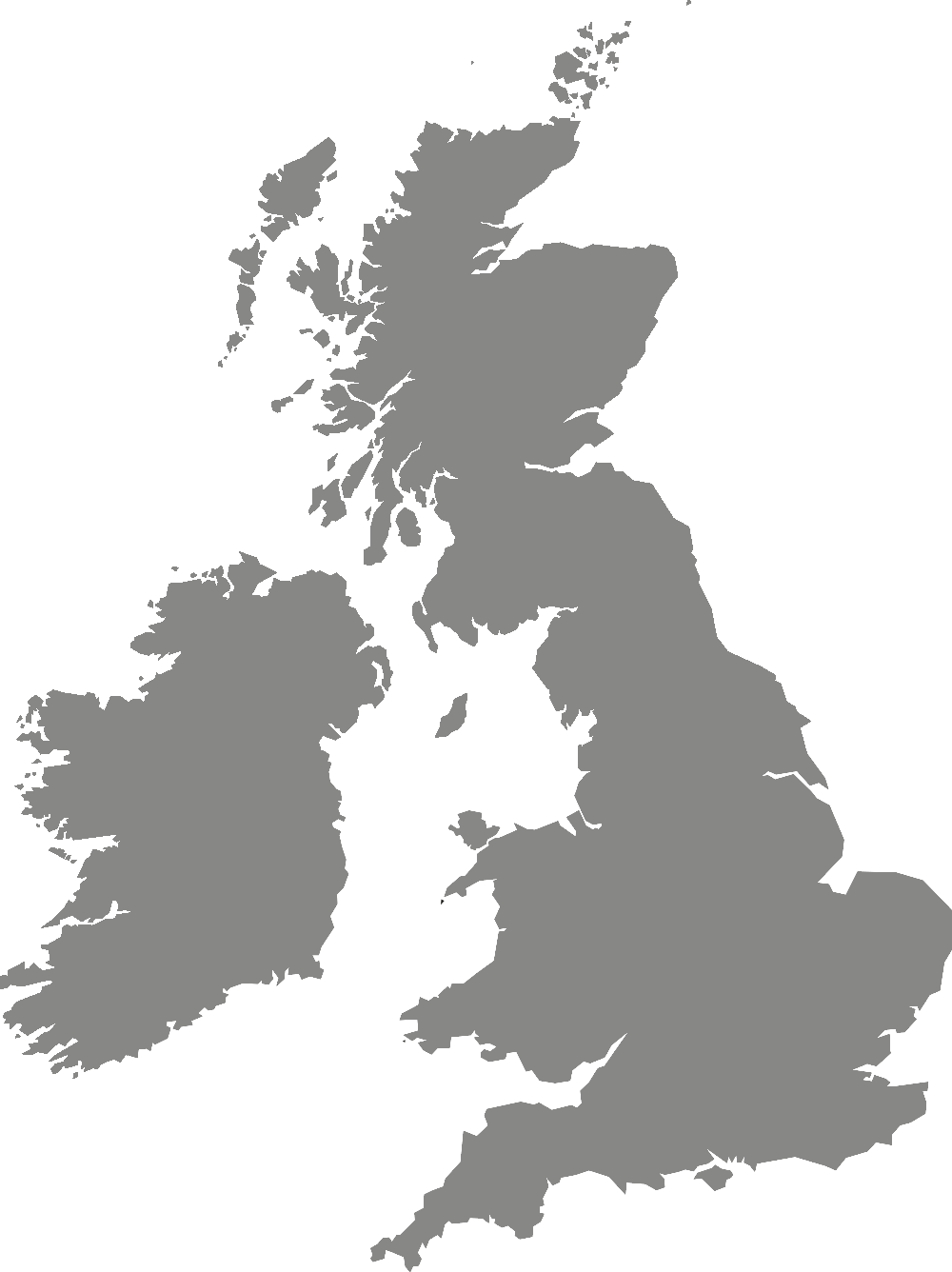Research ethics and integrity
Data collection and fieldwork risk assessment
Staff and research students should follow the guidance provided, in order to ensure that their research is safe, insured and in compliance with University policies.
Completing a risk assessment is now a requirement if your research involves data collection and/or fieldwork. This has been integrated into the University's ethical approval process.
Data Collection and Fieldwork Risk Assessment (docx, 0.2 MB)
It is acknowledged that you will be completing a risk assessment well in advance of commencing your research project and that circumstances may change. Please note that no research, or travel associated with the proposed research may be undertaken until written ethical approval has been given.
Primary responsibility for the management of the health and safety for a student while on the fieldwork lies with the both the University and the Student (under Section 2.1 of the Health and Safety at Work etc. Act 1974). Individuals and institutions are also subject to the laws of the countries in which visits take place.
5 steps to risk assessment
- Assess the activity and identify the hazards.
- Decide who might be harmed and how.
- Evaluate the risks and decide on the control measures.
- Record your findings and implement them. Make a plan of action.
- Review, revise and update as necessary.
Completing a risk assessment
A risk assessment is a way of identifying hazards.
- Hazard: Something with the potential to cause harm.
- Risk: The likelihood of harm resulting from a hazard.
A risk assessment should be 'suitable and sufficient'. For example, it should show that:
- A proper check was made.
- You asked who might be affected.
- You dealt with all the obvious significant risks, taking into account the number of people who could be involved.
- The precautions are reasonable, and the remaining risk is low.
- You involved your workers or their representatives in the process
The level of detail in a risk assessment should be proportionate to the risk and appropriate to the nature of the work. Insignificant risks can usually be ignored, as can risks arising from routine activities associated with life in general, unless the work activity compounds or significantly alters those risks.
The risk assessment should only include what you could reasonably be expected to know. You are not expected to anticipate unforeseeable risks. The committee are looking to see:
- Have you done all that is reasonable.
- Is the risk assessment suitable and sufficient.
- Dynamic risk assessment may come into play.
No trip should be approved without a suitable and sufficient risk assessment.
Contingency plans
For some activities, documenting a contingency plan will also be an integral part of the risk assessment process.
Where necessary, a contingency plan should include responses to:
- Illness.
- Changes to leadership ratios.
- Changes in activities.
- Changes in political stability.
- Events such as extreme weather, transport delays, theft or loss of money or vital equipment.
Further information
More information and tips for completing a risk assessment.
- Put Hazards together as the controls measures are the same, i.e. Manual handling, lone working, and so on.
- Picking up a box, a piece of equipment, carrying a rucksack is a hazard event, manual handling is the hazard.
- It is fine to use a previous risk assessment as a template so not to reinvent the wheel, but attention to detail!
- Signpost! If you have created documents (Itinerary, code of conduct, working instructions and so on), then mention them in your risk assessment rather than reproduce the same detail.
- Don’t sweat the small stuff! Only consider the risks that can cause harm.
- Evidence of communication to different levels – up and down.
- The ‘Brief Description’ section being fully completed is essential and should include locations, dates and activities.
- If going overseas, check the gov.uk Foreign Travel Advice page and recheck nearer the time.
- The risk assessment is completed before approval of trip.
- What does the action plan say? Could be confirming contacts, inoculations, training and so on. This must be completed before being approved.
- Last section of the risk assessment are possible hazards and control measures to assist, this list is not exhaustive.
Consider hazards associated with:
- Travelling to the destination.
- Travelling around in the vicinity of fieldwork location.
- The specific activity undertaken.
- Threats to personal security from terrorism, crime or aggression from members of the public.
- Equipment (manual handling, defects, failures).
- Unsafe accommodation (fire, carbon monoxide poisoning, electrical safety).
- Extremes of weather (hypothermia, sunstroke, dehydration, frost bite).
- Location (sea or water courses, landslide, rough terrain, work in trenches, avalanche)
- Contact with hazardous flora and fauna.
- A city environment.
- Locations with low infrastructure and support.
- Ill health (prevalence of disease, foodborne illness, distance from Medical Facilities).
- Inadequate or lack of competent supervision.
- Lone working.
- Fitness or competence of participants on supervised courses.
- Inherently dangerous activities (climbing, diving, caving).
- Inability to communicate or summon assistance.
- Poor or inappropriate participant behaviour.
- Failure to develop suitable contingency plans.
- Medical conditions, such as epilepsy
- Allergies (response/Epi Pen)
- Pregnancy
- Disability
- Cultural issues
- Capabilities
- Communication
- Travel
- Travelling alone (particularly women)
- Contingency plans
